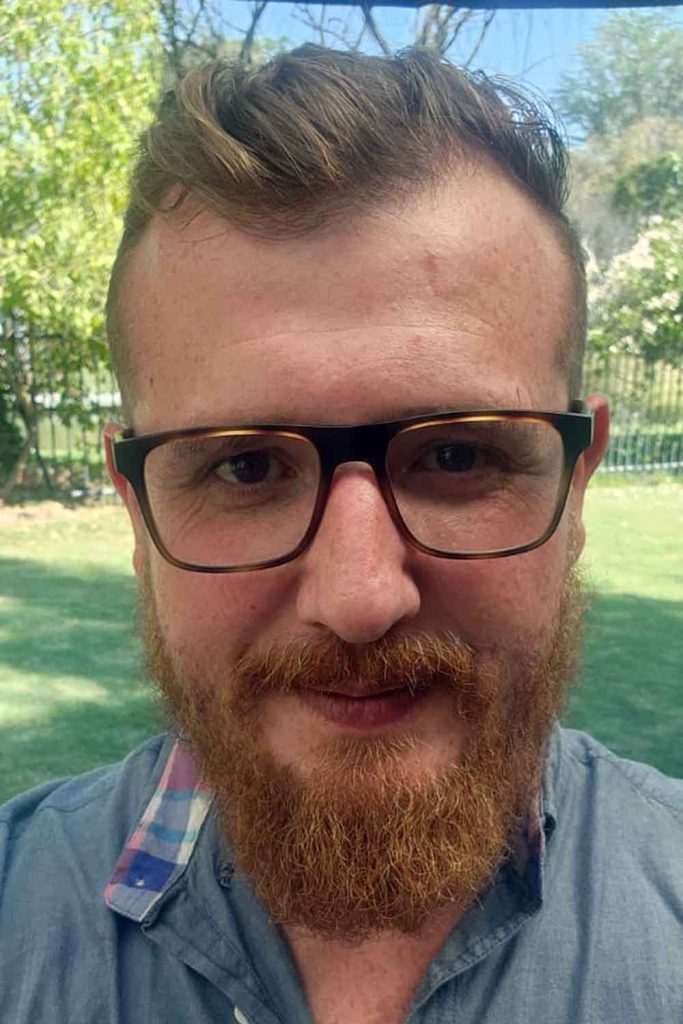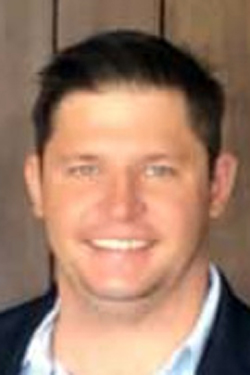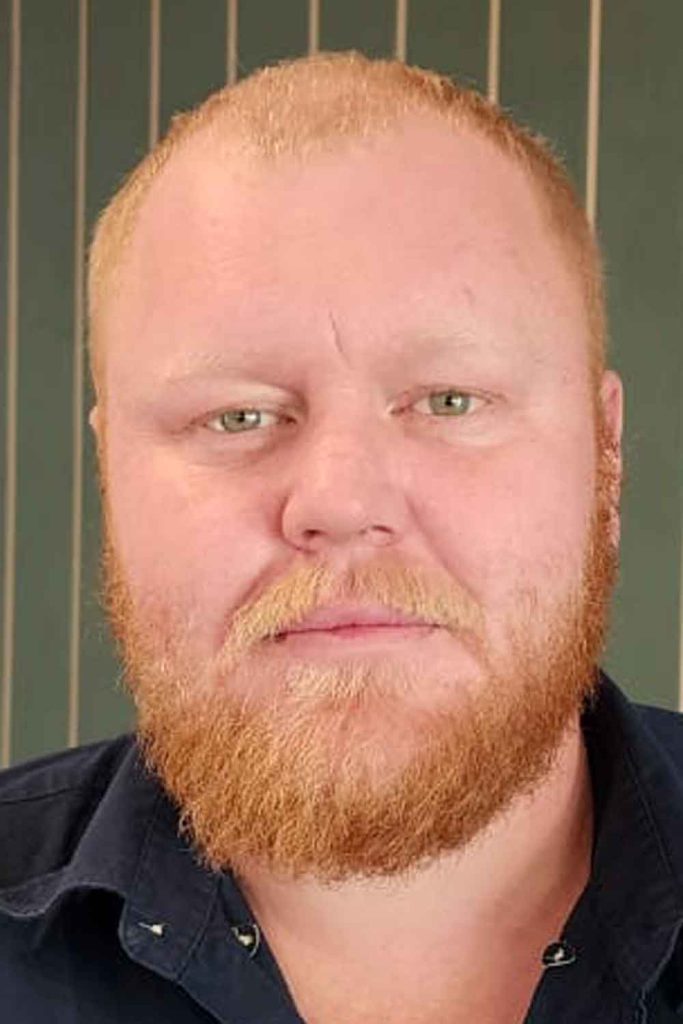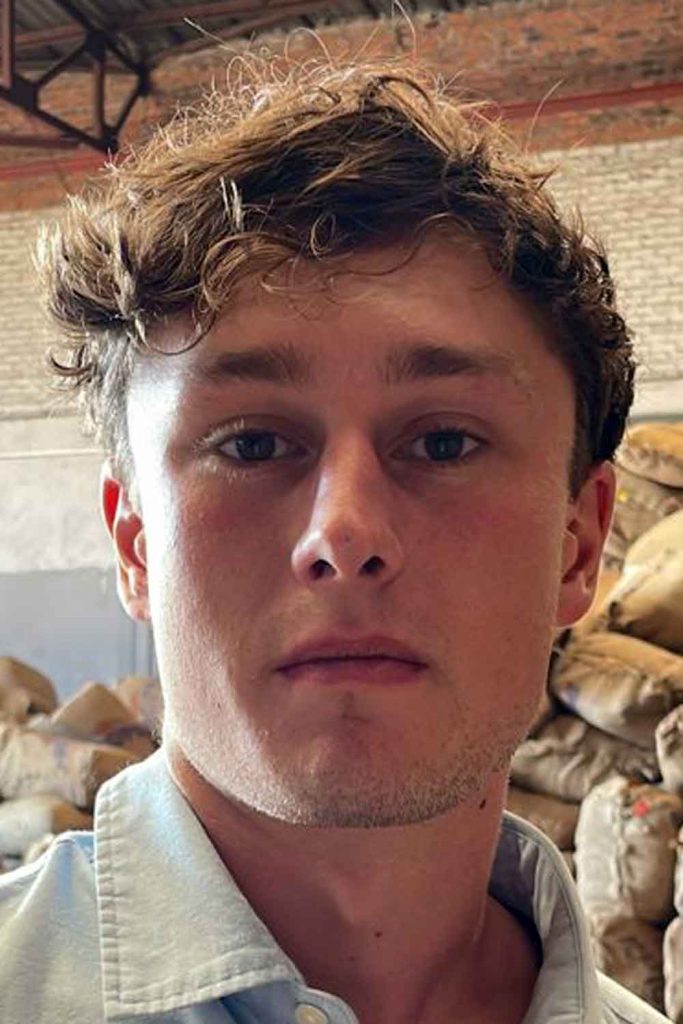Waste Not, Want Not
- Also in TR Leaf Print Edition
- July 1, 2023
- 0
- 14 minutes read
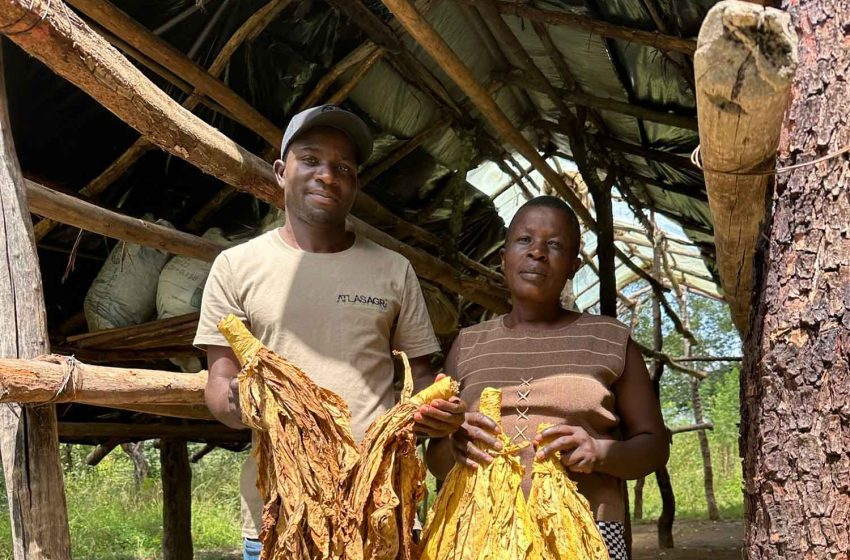
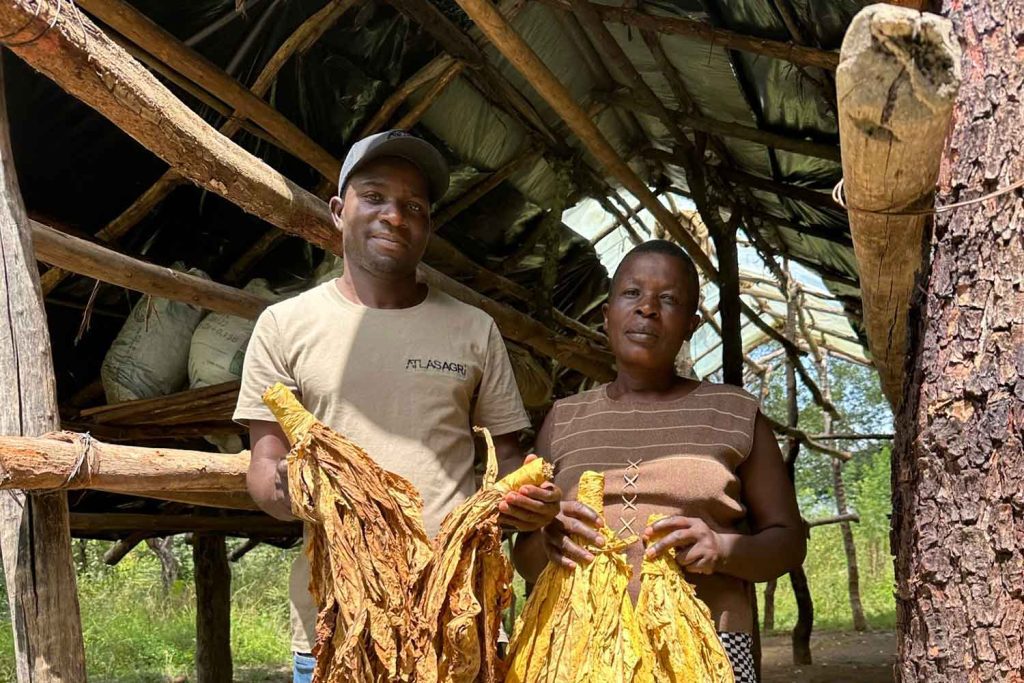
Atlas Agri wants to help Zimbabwe achieve its volumes by reducing post-harvest losses.
By Taco Tuinstra
Anybody who has worked in the trade knows that leaf tobacco can be a hairy business. Changing weather patterns, mounting regulations and cutthroat competition keep merchants on their toes. But few dealers will have experienced the industry’s hirsute dynamics as intimately as the people that built Atlas Agri. Not only did its management team get the company up and running in record time; they also vowed to refrain from shaving until they had bought 20 million kg.
The idea for Atlas Agri arose when a group of like-minded tobacco veterans sat down and agreed that the time was right to establish a new company. Tobacco was in short supply globally, partly due to miscalculations of how Covid-19 would impact cigarette consumption (it went up instead of down). In Zimbabwe, the cabinet had just approved the Tobacco Value Chain Transformation Plan, which, among other things, calls for a significant crop boost. “There was lots of opportunity,” says Atlas Agri Managing Director Alex Mackay, who previously served as CEO of leaf operations at Premium Tobacco International. “It just made sense.”
Atlas Agri incorporated in June last year—just in time to participate in Zimbabwe’s 2022–2023 crop cycle—and went to work immediately. The company set up an office and tobacco receiving/storage area in Harare in the cavernous halls of the Boka Tobacco Floors off of Simon Mazarodze Road. With an eye on future expansion into additional markets, Dubai made sense as the seat of Atlas Agri’s global headquarters.
The startup process was made easier by the facts that the company’s leaders knew each other from previous engagements and had extensive experience in the tobacco business. In addition to Mackay, the management team includes Geoff Martin, who oversees finance and administration; Peter Kockott, who leads the agronomy department; and Eric Le Patourel, who is in charge of operations. International sales are coordinated from Dubai by Global Chief Finance Officer Michael Rust and Global Sales Executive Albert Edwards, whose career includes senior positions at Premium Tobacco, Imperial Brands and Limbe Leaf Tobacco Co.
A hairy business: Several members of the Atlas Agri team vowed to refrain from shaving until the company had bought 20 million kg.
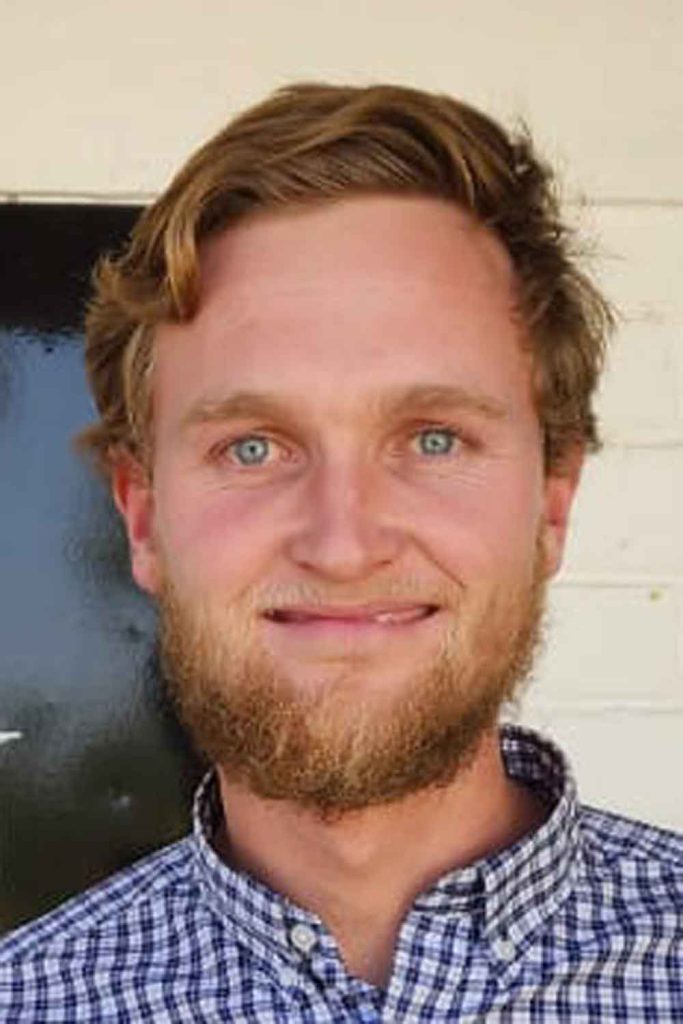
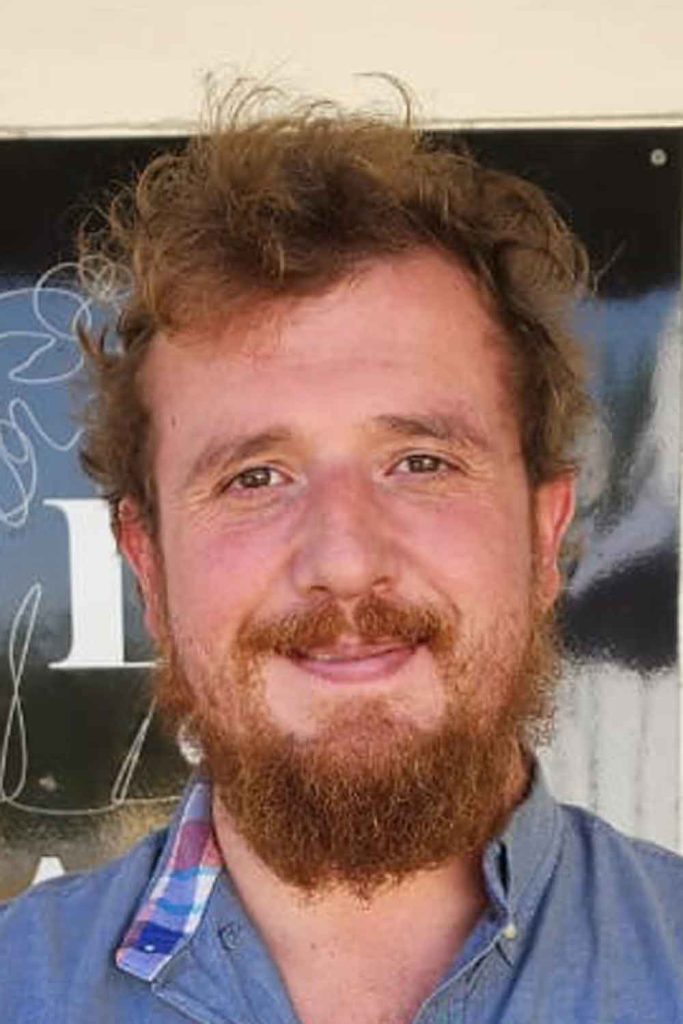

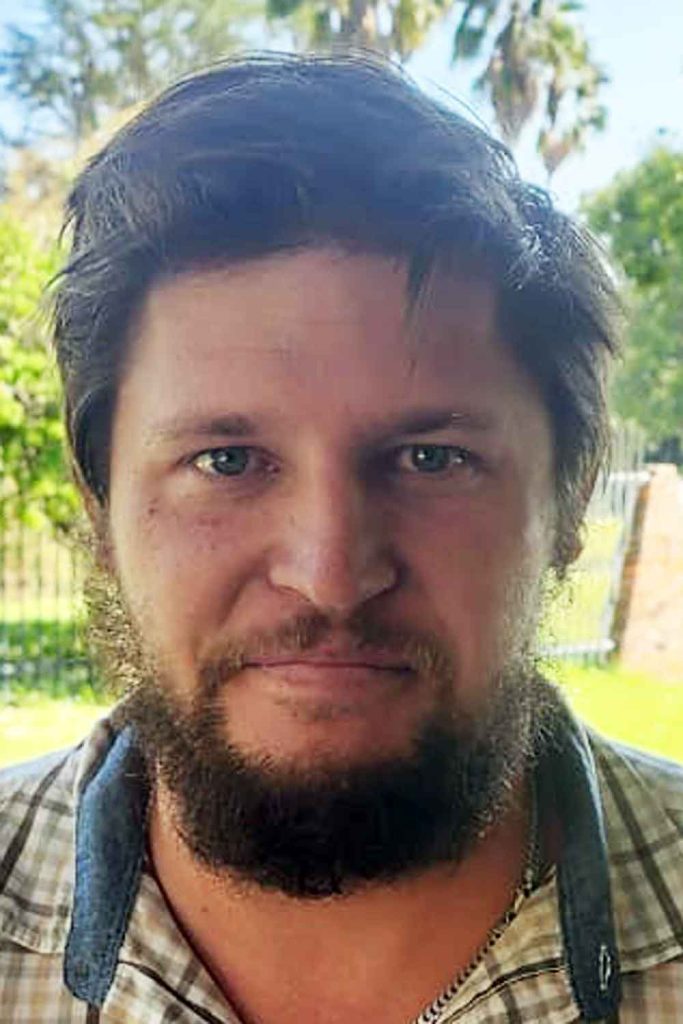



Supporting Farmers
Atlas Agri’s experience also helped it quickly recruit farmers. Many growers remembered the company’s representatives from their roles at other leaf buyers, creating instant trust. Another factor driving growers’ enthusiasm, according to Kockott, was the fact that Atlas Agri offered them a well-thought-out package. Because most small farmers in Zimbabwe lack the means to finance their operations, contractors provide them with inputs ahead of the season and recover the cost after the tobacco has been grown. The system works if implemented carefully but also carries risks. In some cases, growers have been unable to repay their loans. Atlas Agri aims to prevent defaults by lending growers a practical input package without unnecessary fills and high-cost items. “It all comes down to debt bondage,” says Mackay. “Once you have a farmer who is less beholden to the contractor, he has a better chance of repaying his loan and to profit.”
The strategy paid off. Despite its relatively late start last year, Atlas Agri signed contracts more than 15,000 farmers. Once the season got underway, the company kept supporting its growers. “We did not just give them a contract and then waited six months to collect the product,” says Mackay. Traveling in four-wheel drive vehicles and on motorbikes, Atlas Agri’s agronomy team frequently ventured into the countryside to assist its contracted farmers with agronomic advice. Such trips were made not only by junior leaf technicians but also by upper management, allowing growers to interact directly with company officials whose rank may have kept them in the office if they had worked for other tobacco buyers. “That personal touch—that has been a strong point of our approach,” says Mackay, borrowing a slogan popularized by Souza Cruz in Brazil.
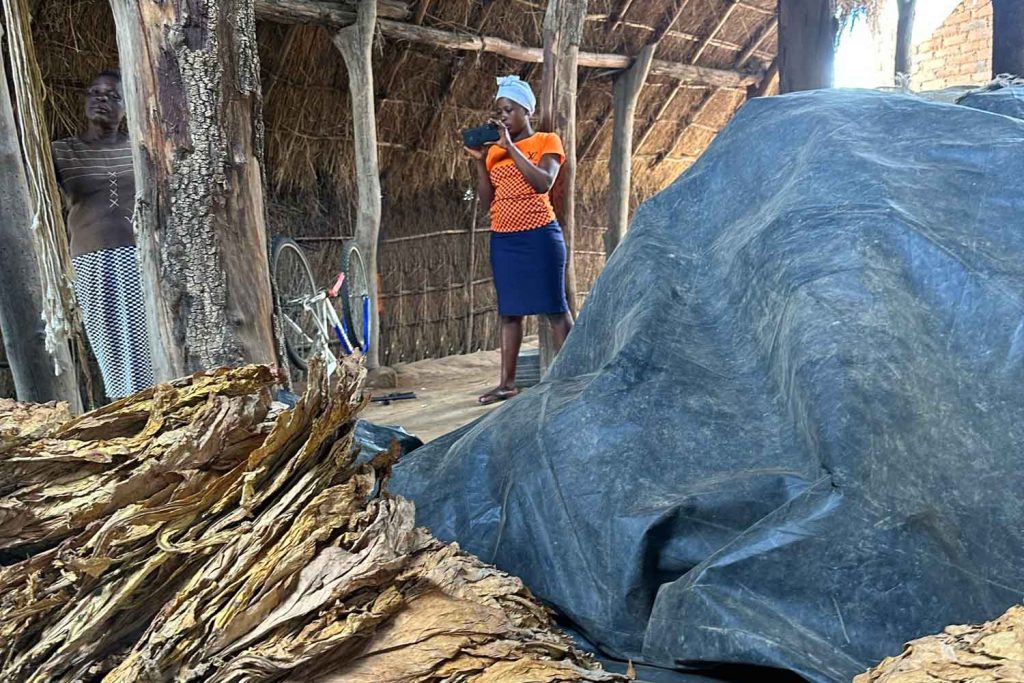
Reducing Field Losses
In addition to supporting its growers and serving its customers, Atlas Agri is eager to help Zimbabwe achieve the goals of its Tobacco Value Chain Transformation Plan. As Minister of Agriculture Anxious Masuka explained in Tobacco Reporter earlier this year (see “The Man Behind the Plan,” Tobacco Reporter, May 2023), the country aims to preside over a tobacco industry worth $5 billion by 2025. Part of that growth is to be achieved by moving beyond green leaf and processed tobacco into value-added products such as cut rag and cigarettes.
Opportunities for such expansion, however, depend heavily on the willingness of international tobacco firms to invest in Zimbabwe—a factor outside of the nation’s control. This means that much of the desired income will likely have to be realized by bringing more leaf to market. The transformation plan aims for a 300 million kg crop by 2025—70 million kg more than its farmers were expected to deliver this year.
One of the ways in which Atlas Agri hopes to boost production is by reducing growers’ post-harvest losses. Following a massive land reform program at the turn of the century, Zimbabwe’s tobacco sector is dominated by small-scale farmers. Whereas in 1998, the crop was produced by 1,500 commercial growers and fewer than 1,000 smallholders, the industry now comprises about 144,000 small farmers and between 300 and 400 commercial operations.
Unlike their commercial counterparts, who are heavily mechanized with tractors, irrigation systems and forced-air curing tunnels, the smallholders run barebones operations. Due to inadequate infrastructure and other limitations, Zimbabwe’s small-scale growers may lose up to 50 percent of their crops, according to the Tobacco Research Board (see “The Scientific Approach,” Tobacco Reporter, June 2023).
One of the major constraints is curing barn capacity. Many smallholders grow more tobacco than their barns can accommodate. Tobacco that ripens after the curing barn has filled up is often left to rot in the field. While this could be remedied by building more curing barns, Atlas Agri considers this a less-than-ideal solution for small growers. Erecting such structures, the company argues, will not only push farmers deeper into debt but also boost demand for wood as the fuel to cure tobacco and additional bricks, contributing to deforestation.
So instead of constructing additional curing barns, Atlas Agri is encouraging its contracted farmers to build inexpensive, natural air-curing systems, known in southern Africa as a “Chigaffas.” Already used to cure burley in many countries, a Chigaffa is a simple, inexpensive wooden structure with racks to dry tobacco and a roof made out of plastic tarp or thatch. “We say to our farmers, if your curing barn is empty, reap straight into the curing barn,” says Kockott. “But if your curing barn is full, instead of waiting for the barn to be empty, by which time your tobacco in the field becomes overripe, reap on the day you are supposed to and put it in the Chigaffa.”
The purpose of the Chigaffa is to alleviate pressure on the barn and prevent tobacco from sitting too long in the fields. “If you put overripe tobacco in the barn—by the time it is wilted and ready to fix color, it will have turned brown, so you have lost quality and yields,” says Kockott. Using a Chigaffa allows farmers to market tobacco that would otherwise be lost. Even if the Chigaffa leaf does not attract premium prices, the potential for additional volumes presents opportunity for additional income.
While some have expressed concern that the Chigaffa system will bring lower quality tobaccos to market, Mackay notes that those styles are in line with prevailing customer preferences. “Global demand for value and super-value styles currently exceeds that for top quality tobacco,” he points out. Another advantage: Using the Chigaffa reduces the time spent in the traditional curing barn by a few days, lowering wood consumption, thus contributing to sustainability—a fact that should appeal to international customers, who expect their tobacco to be grown according to strict environmental, social and governance requirements.
Convinced by the merits of natural air curing, the Tobacco Industry and Marketing Board endorsed the system earlier this year. “The introduction of this natural Virginia tobacco product is in line with the Tobacco Value Chain Transformation Plan,” the regulator wrote in a press note. “By producing more natural Virginia tobacco […] we believe the local tobacco industry will generate a wider range of qualities for customers on the global market, creating demand and encouraging investment for the ultimate longevity of the Zimbabwean tobacco industry.”
Just by reducing post-harvest losses, a small farmer could increase his or her volume by up to a quarter, according to Atlas Agri. If the entire smallholder sector optimized its operations, it would go a long way toward achieving the 300 million kg proposed in the transformation plan. “Think about it,” says Mackay. “Smallholders produced approximately 200 million kg out of this year’s 260 million-plus kg crop. If they can add a quarter to what they already deliver, the country will be quite close to the desired 300 million kg—without claiming a single additional hectare of farmland or increasing pressure on our woodlands.”

Beyond Tobacco
In addition to boosting tobacco volumes, Atlas Agri is exploring complimentary crops, such as soya and cotton, to enhance farmer viability. Already, the company has provided its contracted growers with inputs for 700 hectares of soya. According to Mackay, diversification will not only improve farmers’ financial security but also rehabilitate their soils through better crop rotation. This in turn should ease the pressure from pests and disease, reducing the need for chemical crop protection agents, thereby creating a more sustainable product.
Atlas Agri has made tremendous progress since its incorporation last year. “We are starting to reap the fruits of our heavy lifting,” says Mackay. “It’s incredibly gratifying when you see farmers smiling because you know you have exceeded expectations.” When the business hit its 20 million kg milestone in May 2023, the company’s by now shaggy crew broke out the champagne, along with the razors, and took advantage of a rare opportunity to unwind—but only momentarily because it’s time already to start thinking about the next crop.
Like this season, the upcoming production cycle will throw up plenty of regulatory, environmental and competitive hurdles. If Atlas Agri’s first year of operation is any indication, however, the team members will overcome them with their trademark combination of passion, professionalism and persistence, ready to take each of the challenges on their freshly shaven chins.
What a difference 20 million kg makes: Upon achieving their buying target, Atlas Agri’s team paid a well-deserved visit to the barber.
